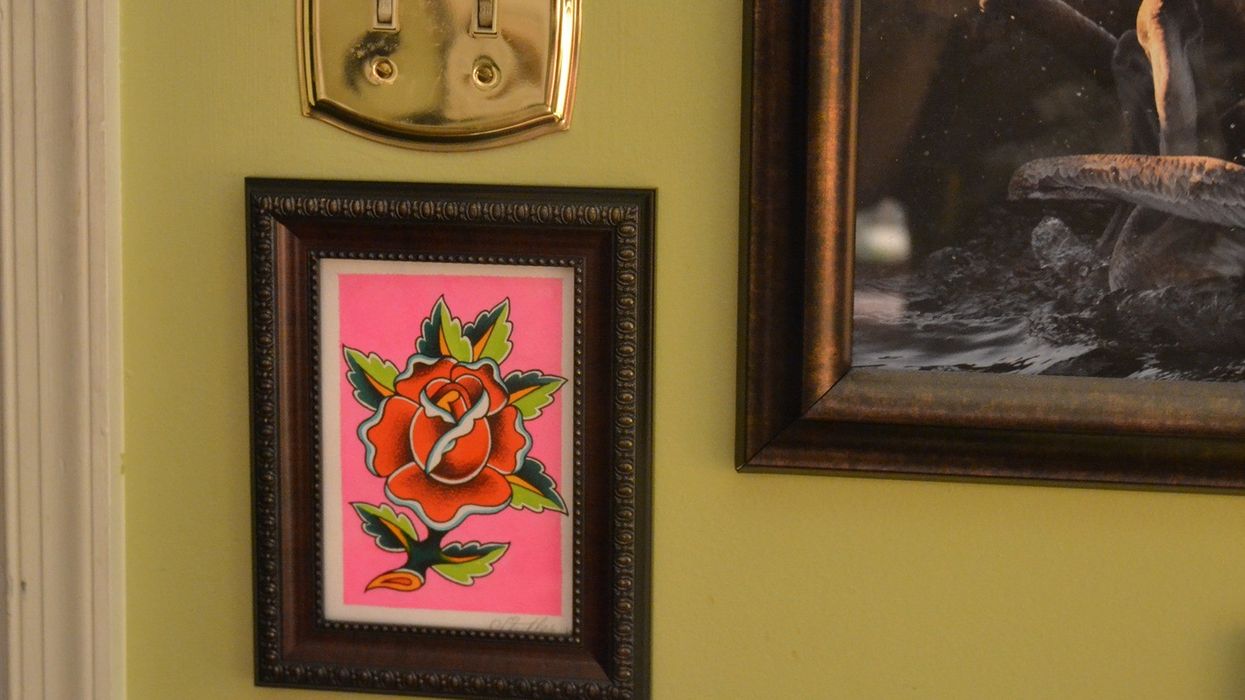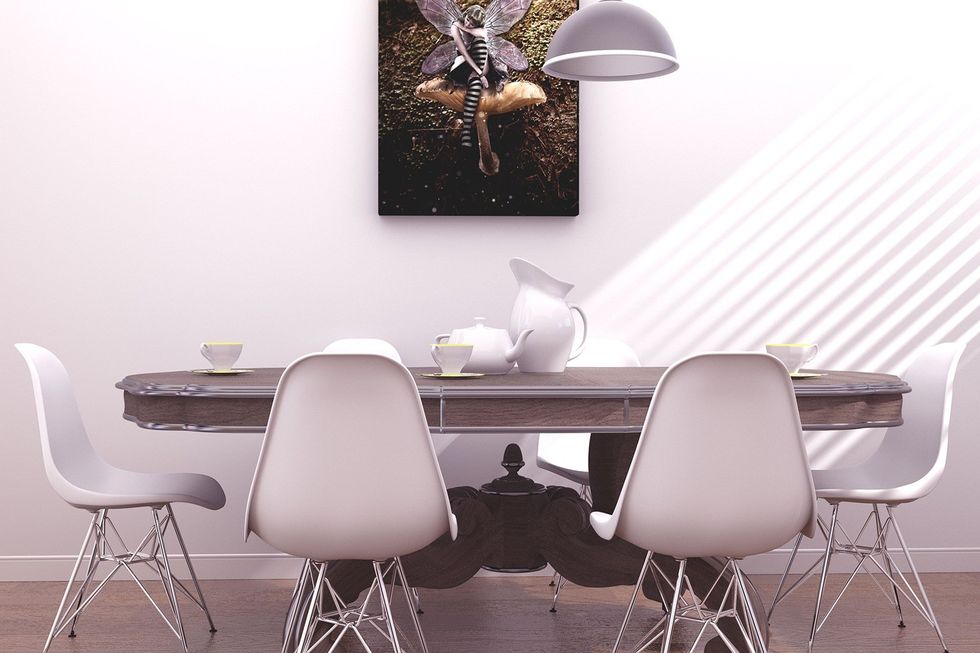“The purpose of art is washing the dust of daily life off our souls.”
— Pablo Picasso
Beauty is a respite from monotony and tedium, just as your home is a sanctuary from the outside world. Art and photography introduces this visual joy to your living space; it can enliven a room, change its energy and mood, and have your guests gazing in wonder.
Unfortunately Alissa Stuart, interior designer at S&A Decor, has seen a lot of bad art in her clients’ homes.
“I've seen art that was too big, too small, had too many colours and, in some cases, was just plain ugly,” she says. “Thankfully, when most people call me, they know they need professional guidance and they're ready to replace most of the items.”
Here are some quick tips—and advice on what to avoid—when decorating your home:
Avoid these common art mistakes
Stuart says matching the artwork to its context and surroundings is important.
“A lot of people hang art that might be nice on its own, but doesn’t work in that particular room or house,” she says.
It’s important to consider the look you want to achieve in the room as a whole, says Stuart. She also suggest being choosey.
“Some people tend to overload their walls, which makes their home look more like an antique store, where the owners are trying to display all their items.”
Fit the art to your space
“It’s important to take into account the size of the room and the wall, and what we're trying to achieve,” Stuart says. “If it’s a small condo, enlarging a space with mirrors and prints with panoramic views is usually the best idea. But if it’s a big house with long walls, we want to use art in a way that makes the room feel like home and not too empty at the same time.”
How to...or not to...incorporate family photos
Stuart prefers not to hang family photos in her clients’ homes.
“As a feng shui practitioner, I’m a firm believer that photos of people belong in photo albums, especially if they're more than a couple of years old,” she says. “Most of my clients limit their collection to one or two family photos on their desk or mantel.”
Where to source your artwork
“I usually go for custom-made art,” Stuart says. “I find a lot of my images on websites like Shutterstock or from photographers I know and then print them on canvas or murals."
Stuart says she is also a big fan of artistic photography of natural landscapes or city views.
“One of my favourite ways to organize framed photos is in two to three rows. If they are of different colours, I prefer to make them black and white or sepia.”
Try to acquire original works of art
If you can afford it, original art and prints are a terrific way to support local artists and keep Toronto’s art scene thriving. For more affordable options, try Eye Buy Art and Art Interiors in Toronto, or Art Bomb for artists across Canada.
You can also rent art from major public galleries like the Art Gallery of Ontario (AGO) and the Art Gallery of Hamilton. Many private art galleries will allow you to pay in installments, (just ask), making that major purchase easier on the wallet.
And drop by your local hipster coffee shop. Many local artists show work in coffee houses across the city, and pieces are often less than $1,000. This purchase usually supports both the artist and the shop.
“Creativity takes courage,” said Henri Matisse, so be bold in your pursuit of beauty!



















